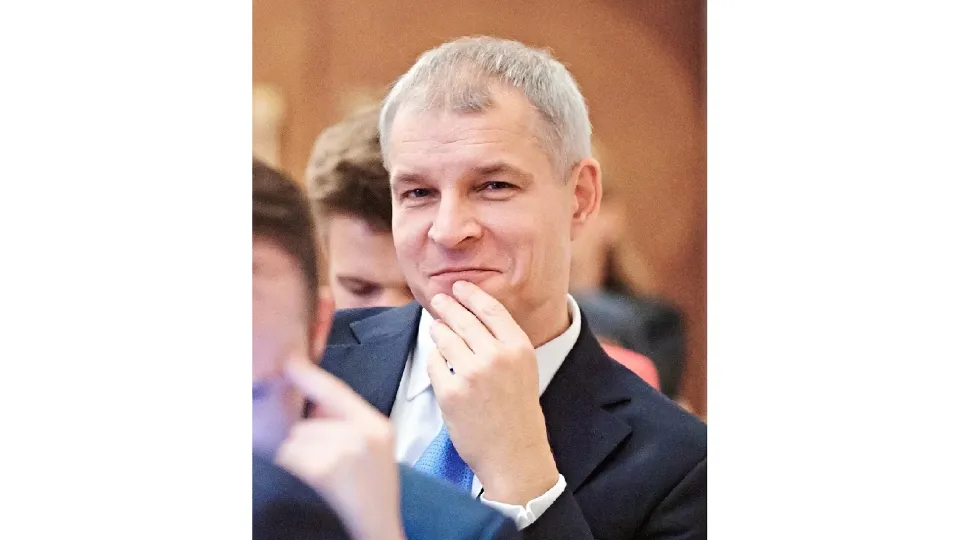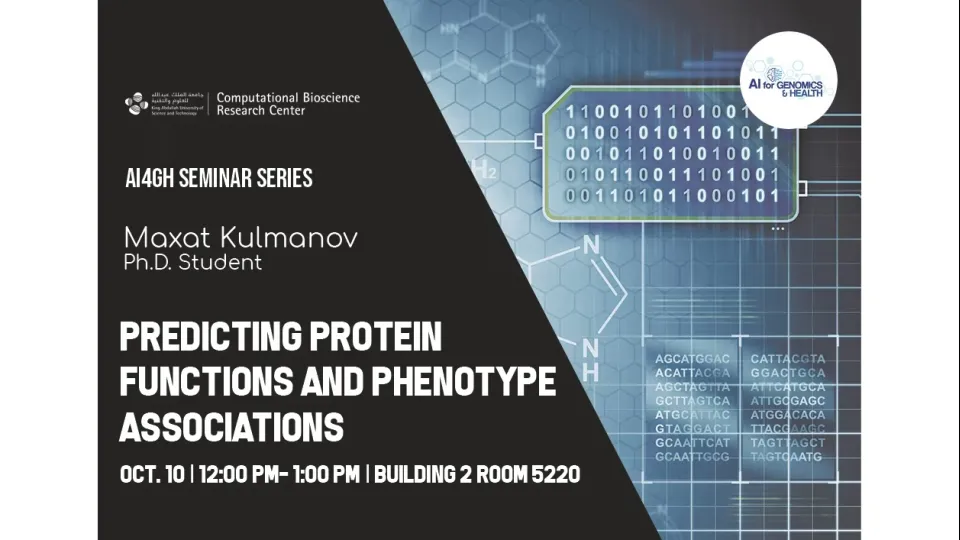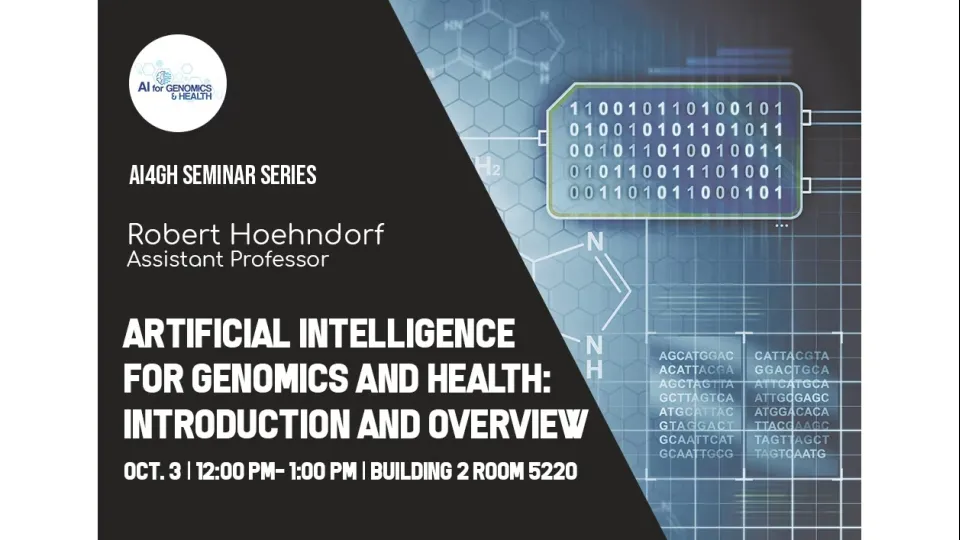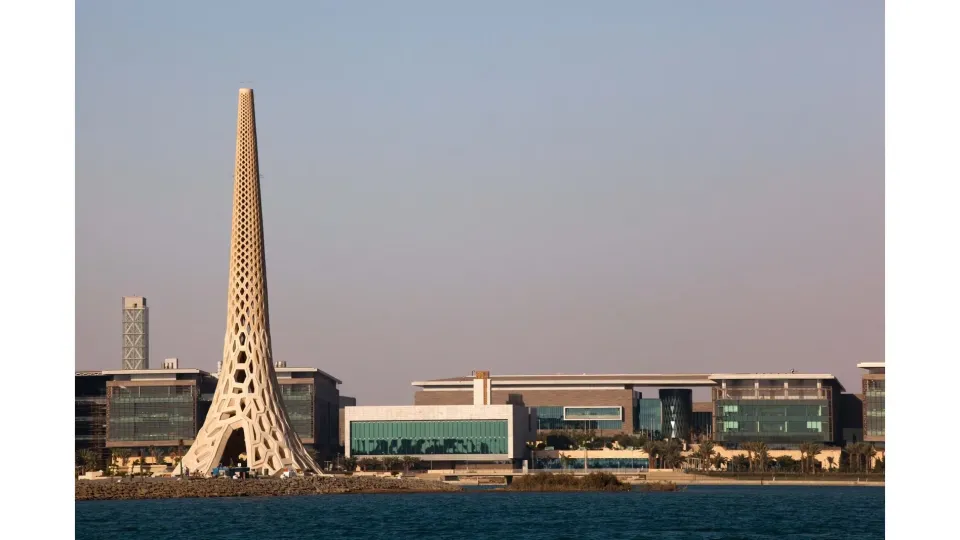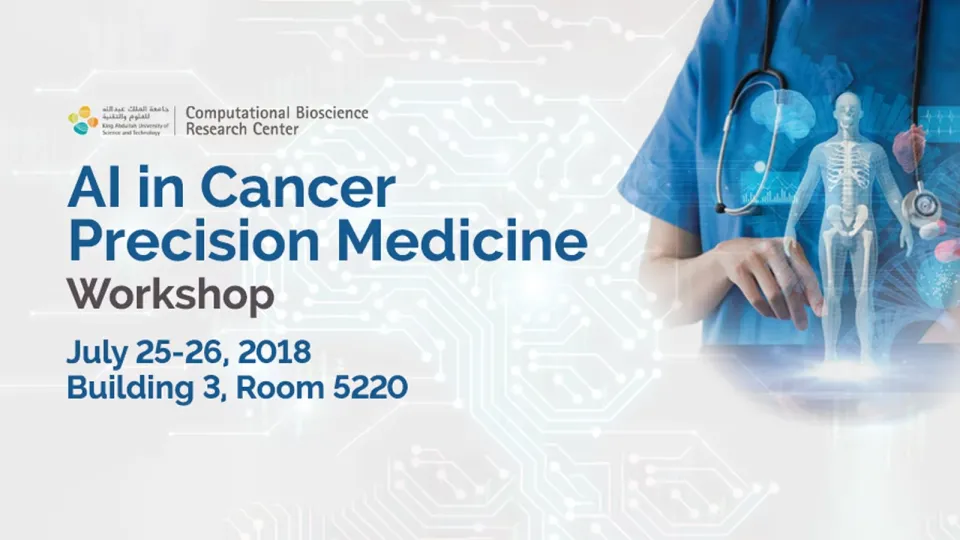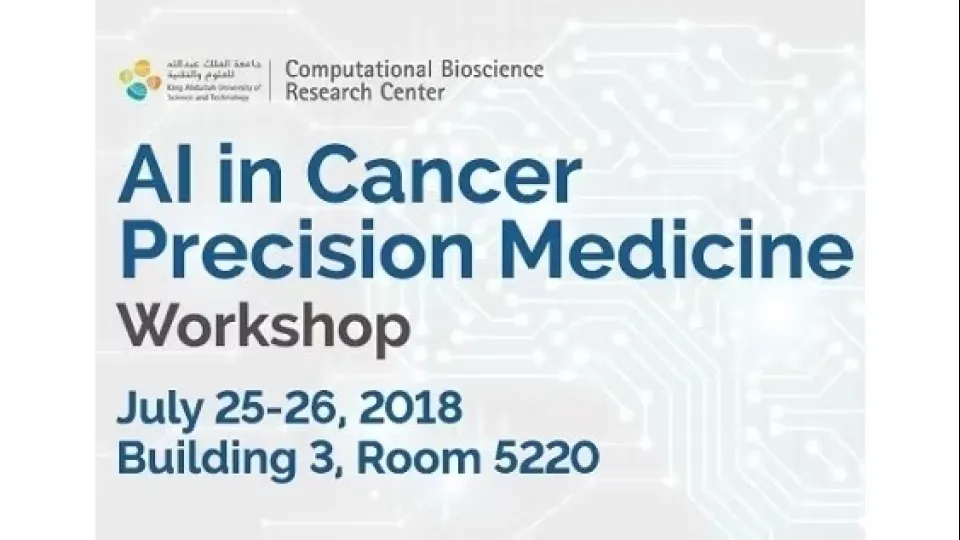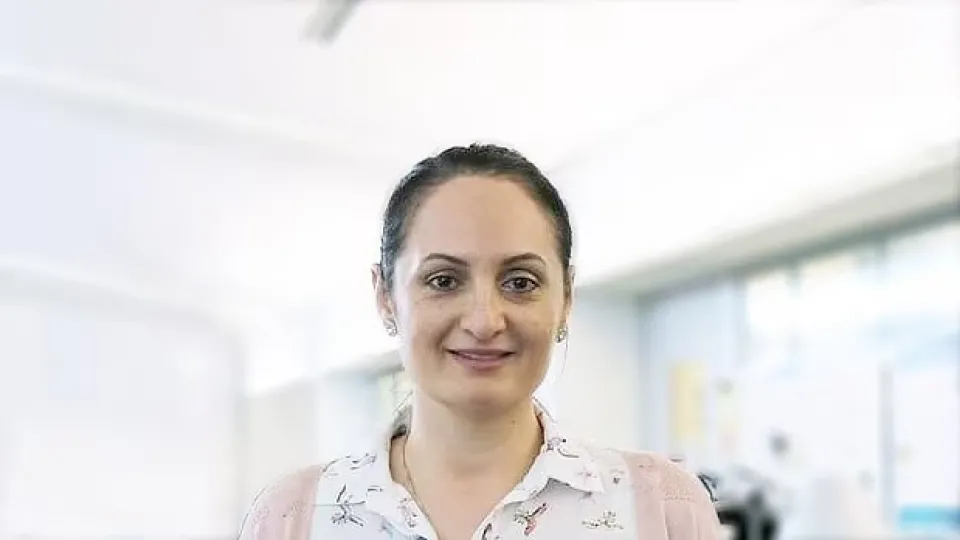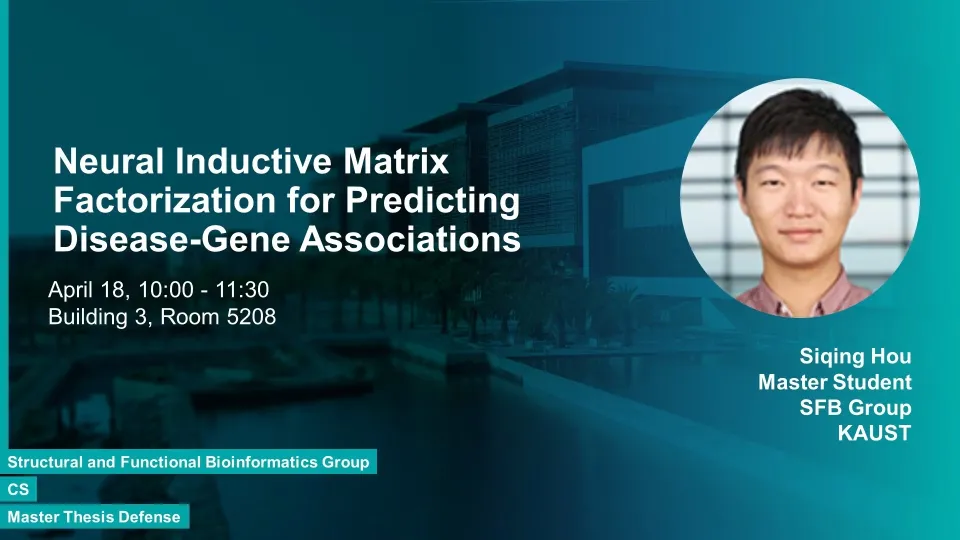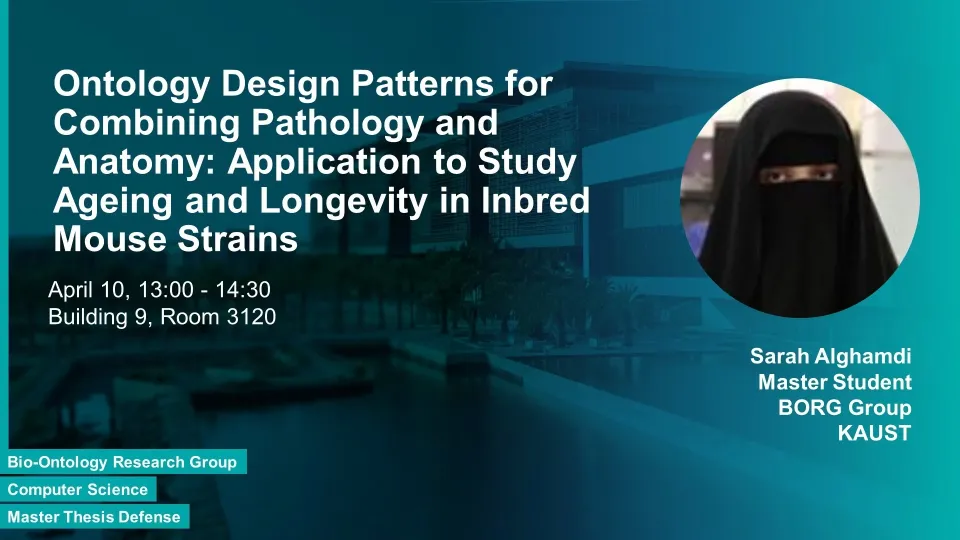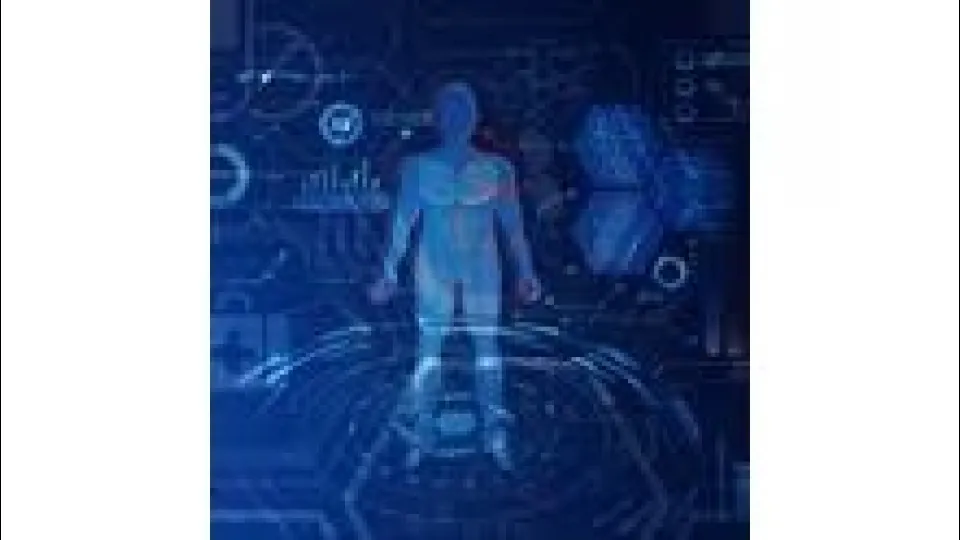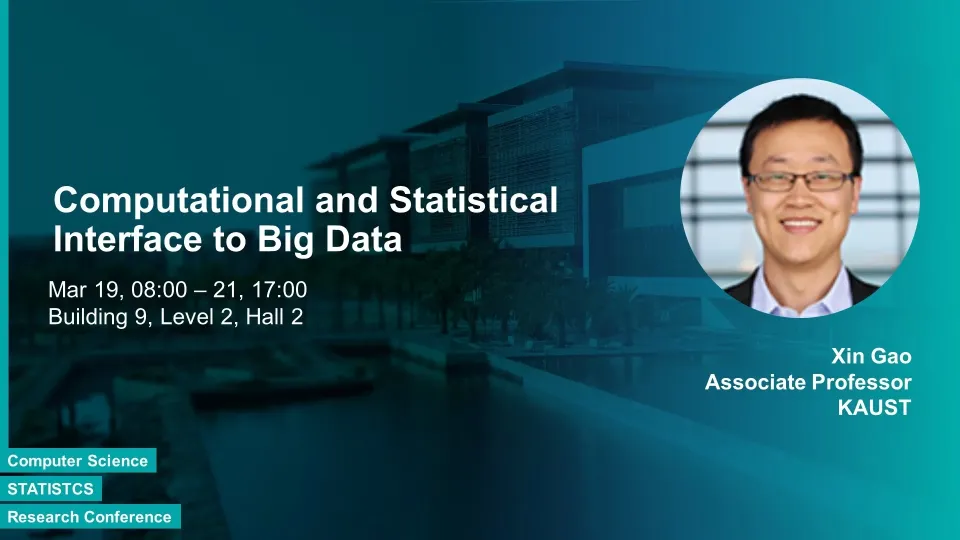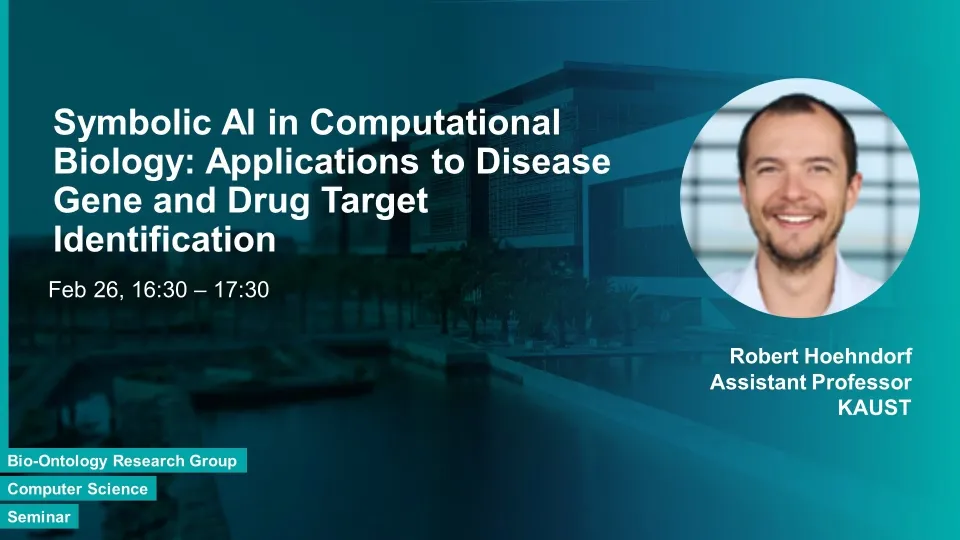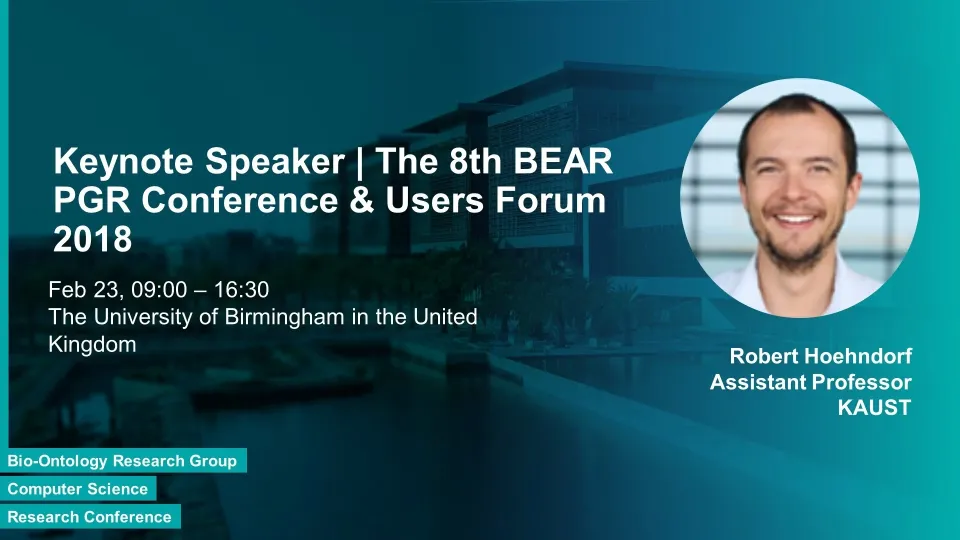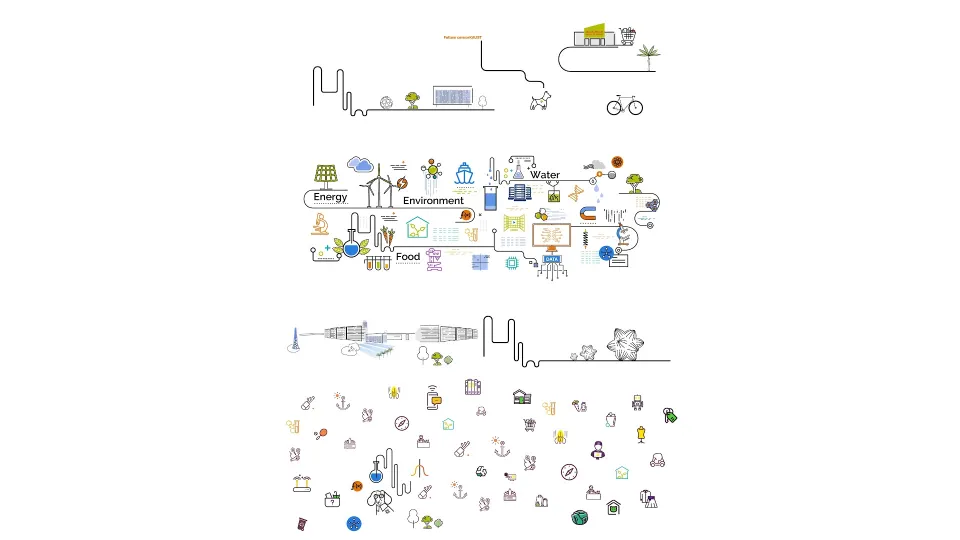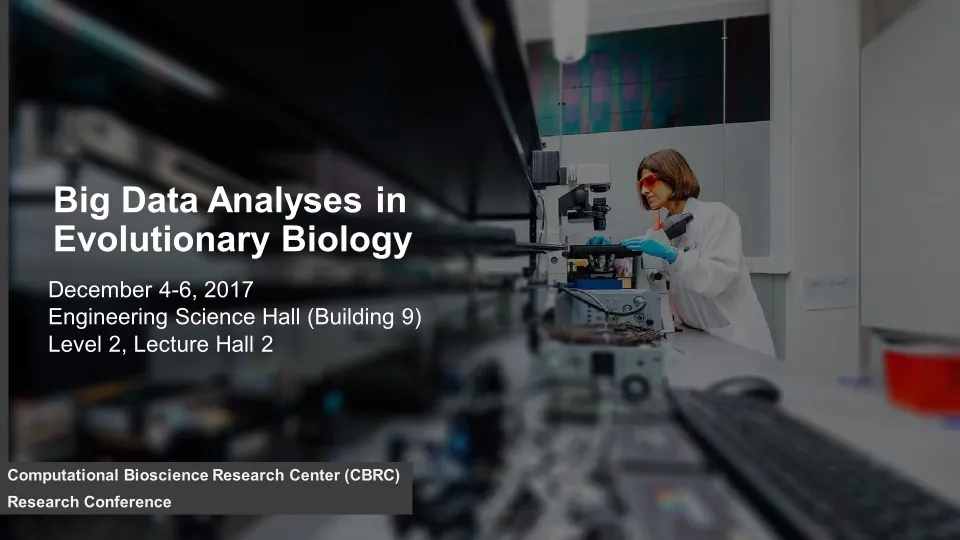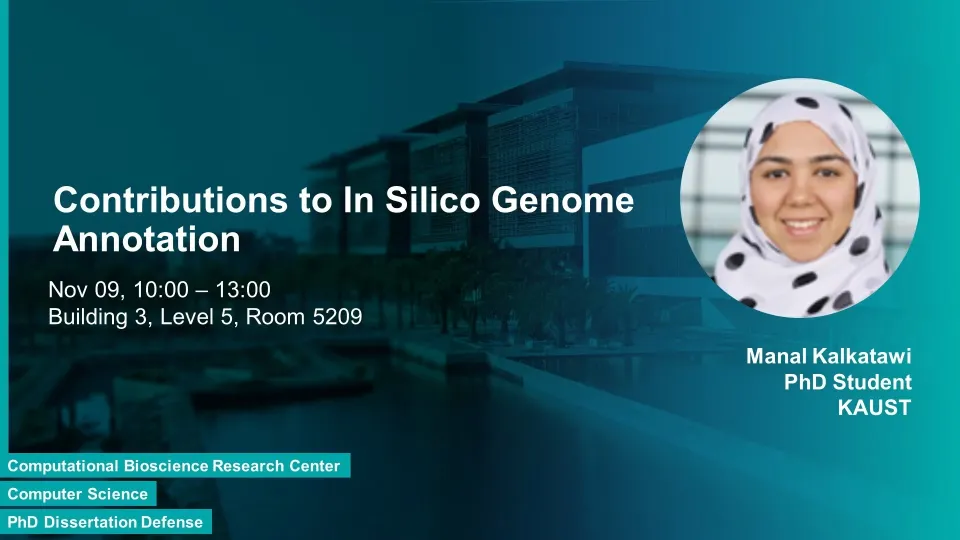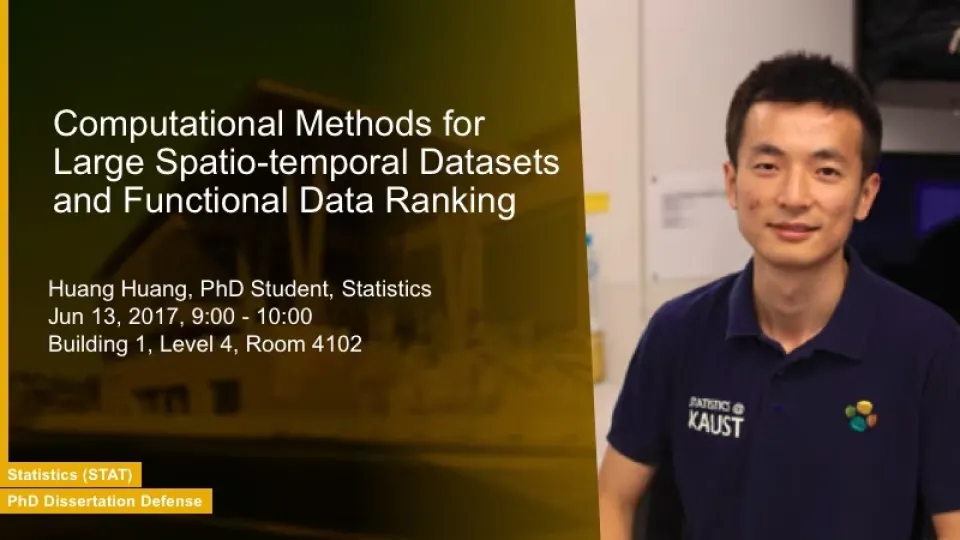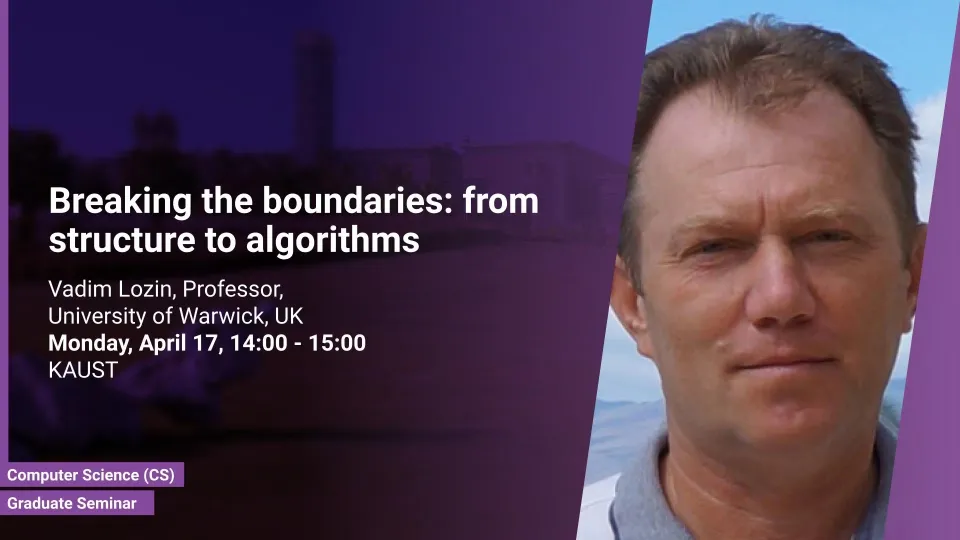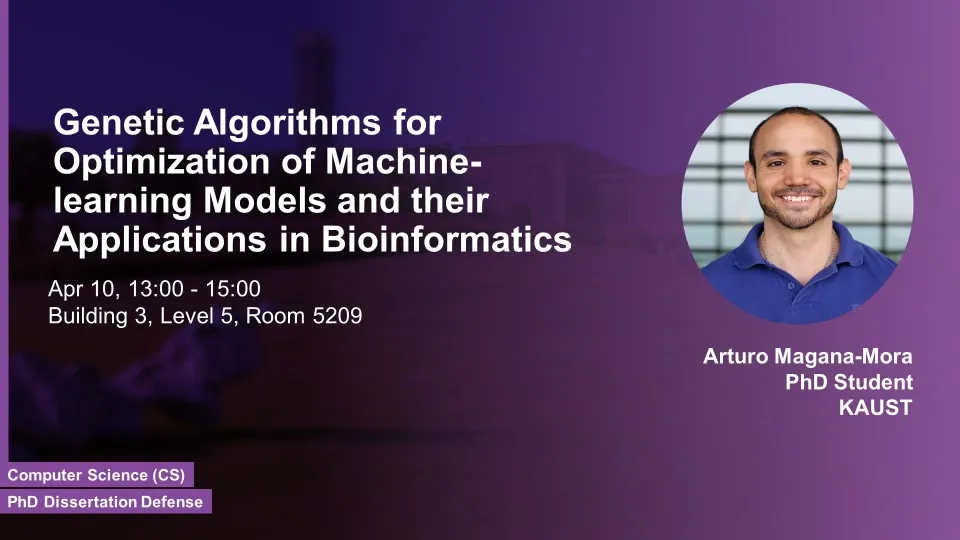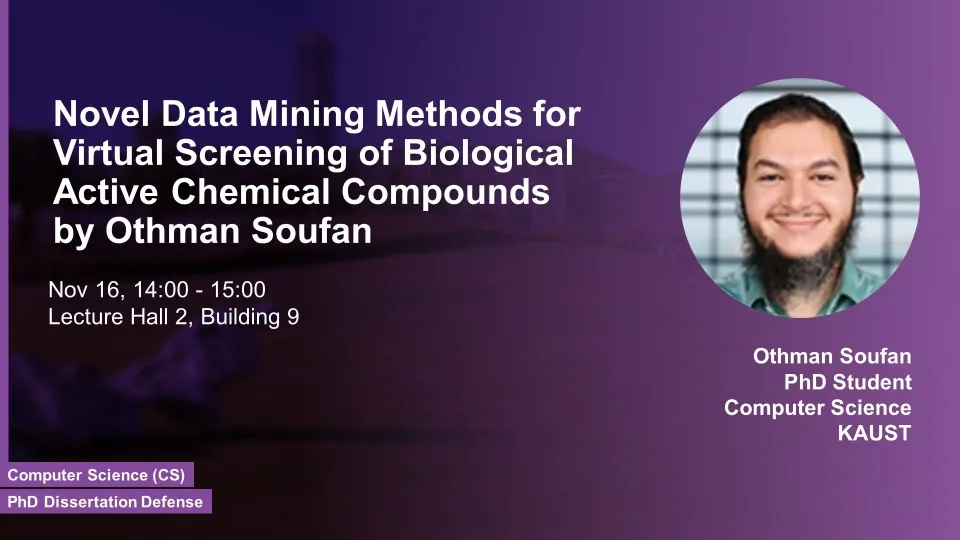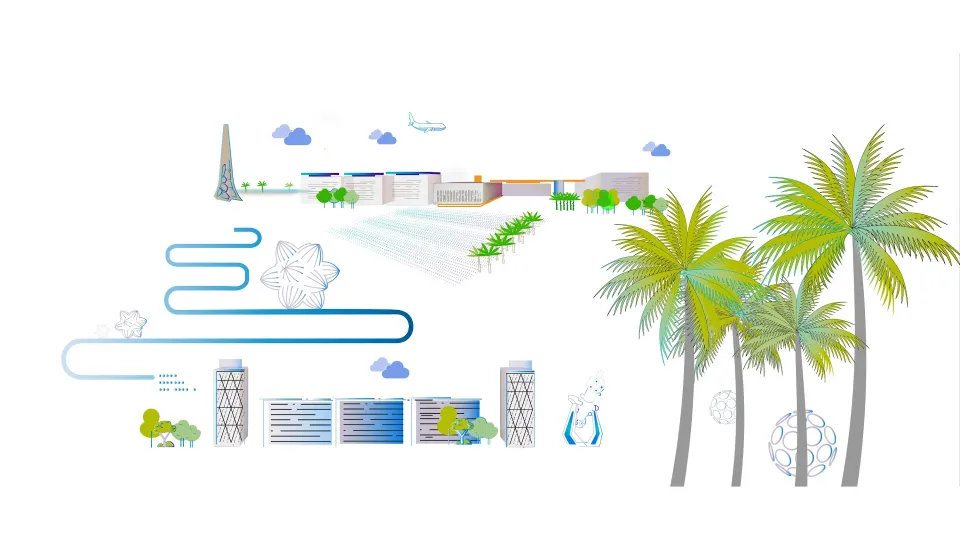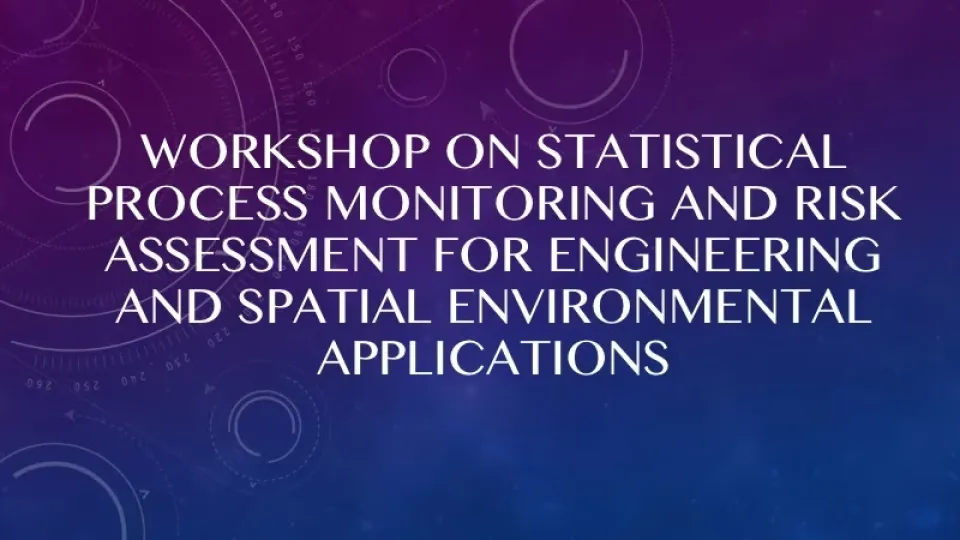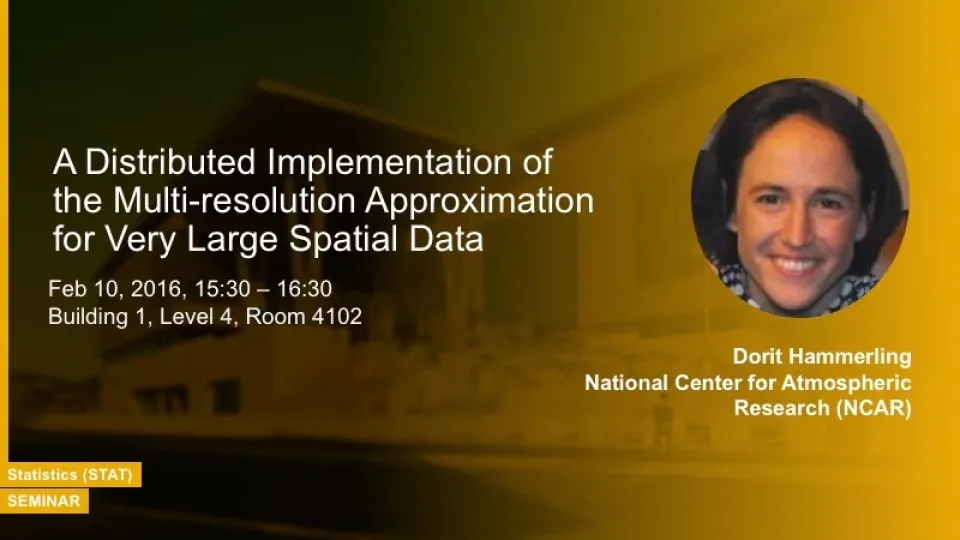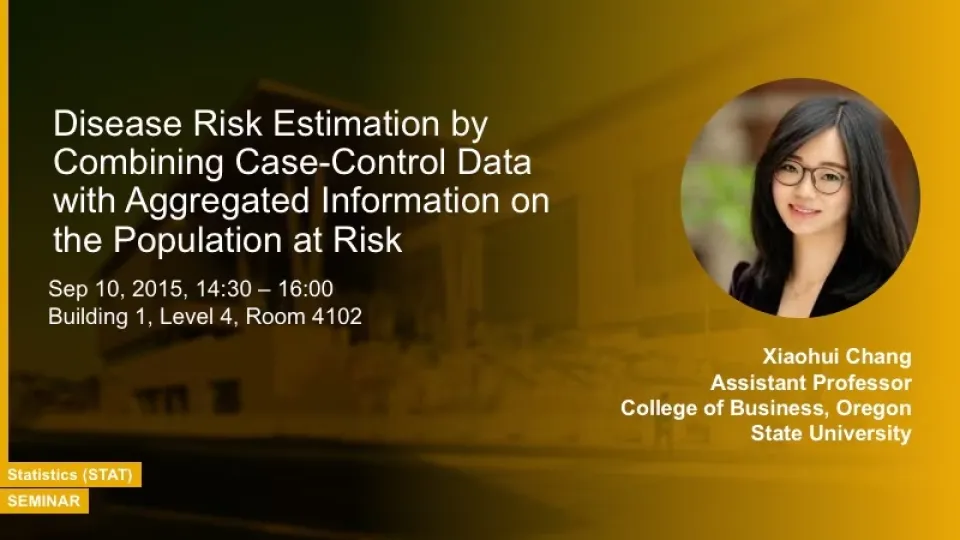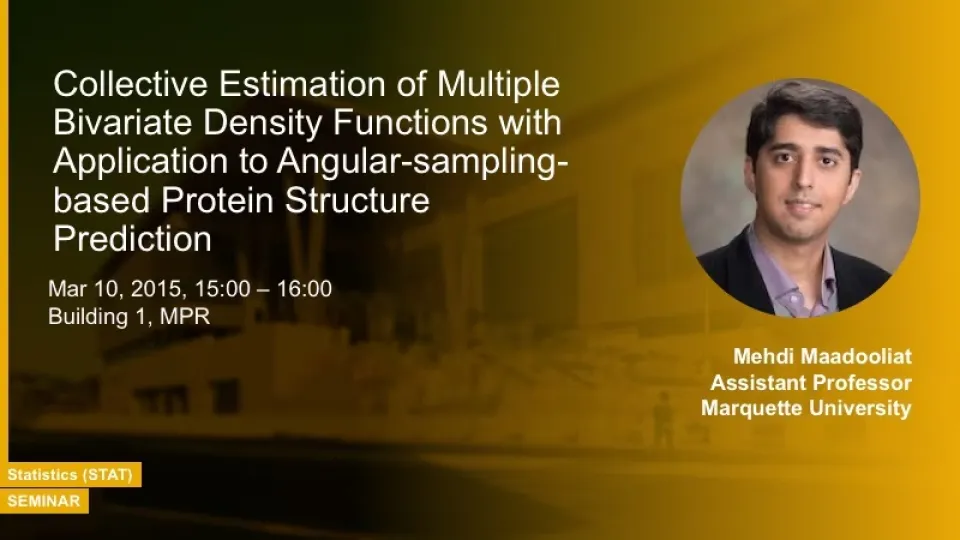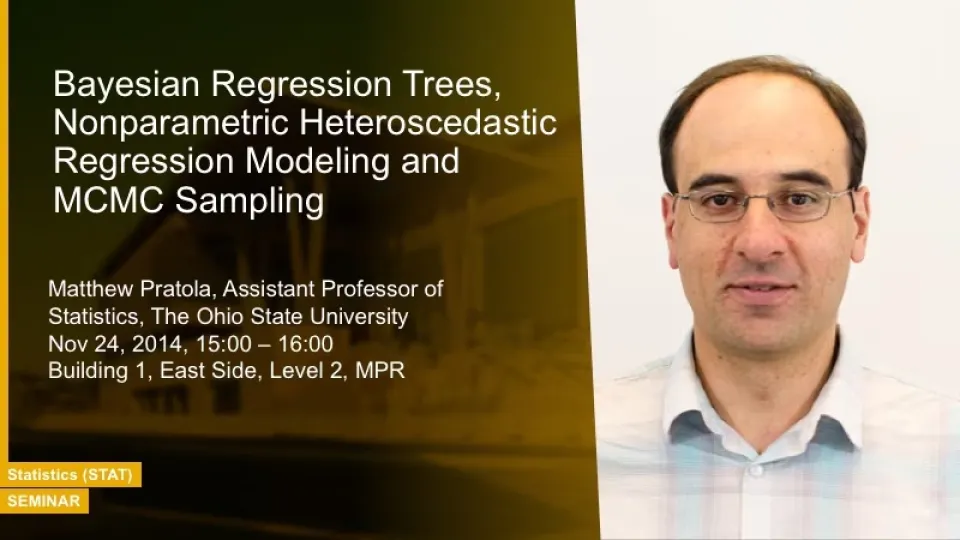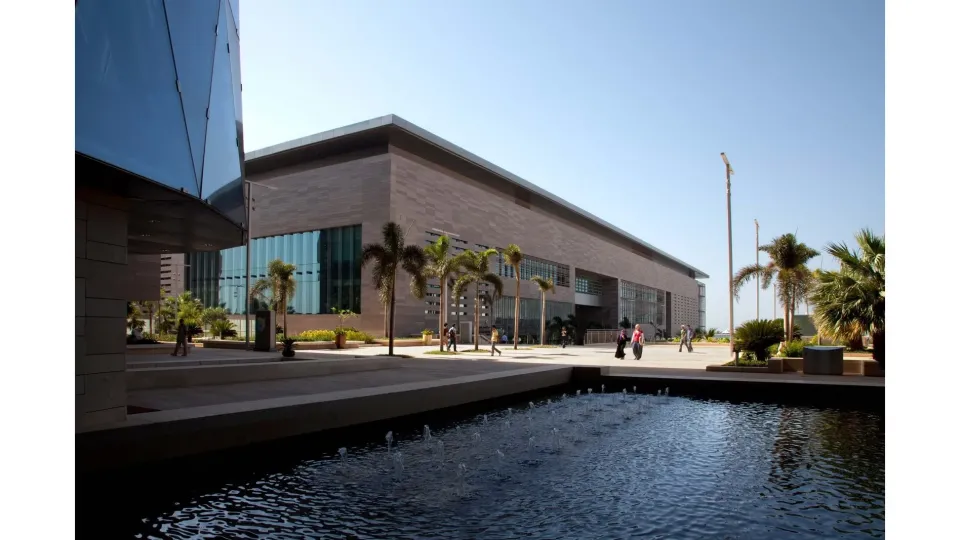Events
Oct 14 - Oct 20, 2018
Oct 7 - Oct 13, 2018
Sep 30 - Oct 6, 2018
Sep 16 - Sep 22, 2018
CS Graduate Seminar by visitor Professor Vadim Lozin
Vadim Lozin, Professor, University of Warwick, UK
-
KAUST
Jul 29 - Aug 4, 2018
Similarity Algorithms by Anas Ismail
-
B3 R5209
Jul 22 - Jul 28, 2018
AI in Cancer Precision Medicine
-
B3 R5220
Apr 22 - Apr 28, 2018
Apr 15 - Apr 21, 2018
Apr 8 - Apr 14, 2018
Mar 25 - Mar 31, 2018
Big Data in Biodiversity and Health
-
B3 L5 5209
Mar 18 - Mar 24, 2018
Mar 11 - Mar 17, 2018
Feb 25 - Mar 3, 2018
Symbolic AI in Computational Biology: Applications to Disease Gene and Drug Target Identification
-
The University of Cambridge in the United Kingdom
Feb 18 - Feb 24, 2018
Keynote Speaker | The 8th BEAR PGR Conference & Users Forum 2018
-
The University of Birmingham in the United Kingdom
Feb 4 - Feb 10, 2018
Dec 10 - Dec 16, 2017
Dec 3 - Dec 9, 2017
Nov 5 - Nov 11, 2017
Jun 11 - Jun 17, 2017
May 21 - May 27, 2017
May 14 - May 20, 2017
Apr 16 - Apr 22, 2017
Breaking the Boundaries: from Structure to Algorithms
Vadim Lozin, Professor, University of Warwick, UK
-
KAUST

